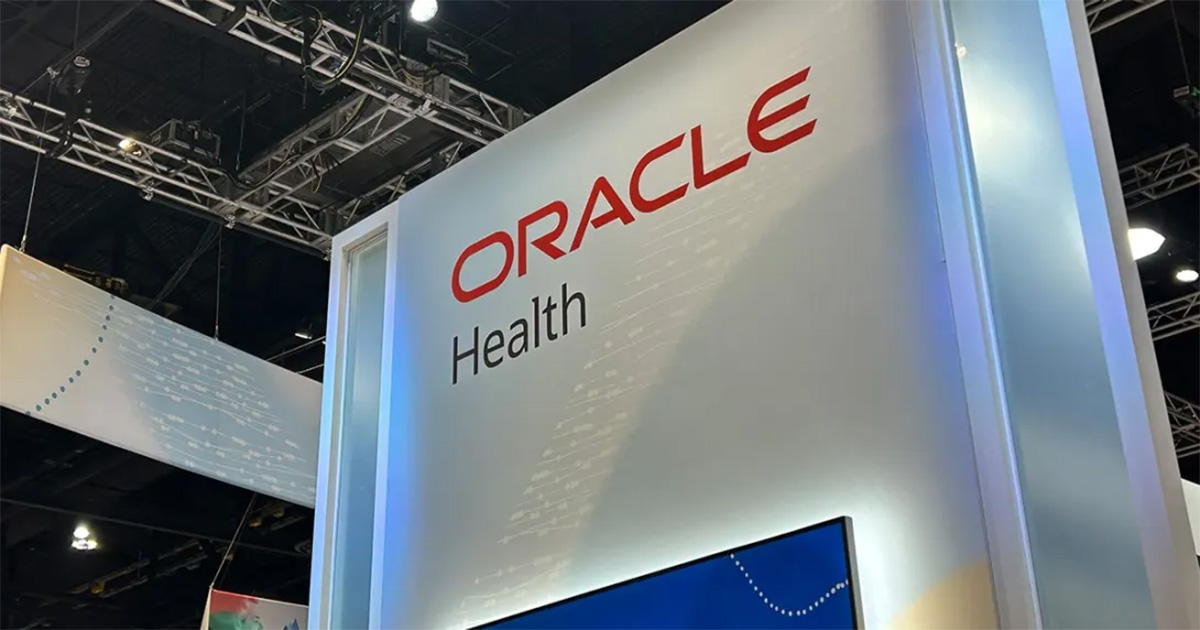LiveData, Inc., a real-time data integration technology company, has been awarded a $730,000 grant from the U.S. Army Telemedicine and Advanced Technology Research Center to pursue standardization of information integration technologies.
LiveData will use the money to develop an integrated clinical environment with the Center for Integration of Medicine and Innovative Technology's Medical Device Plug-and-Play (MD PnP) team.
CIMIT, Massachusetts General Hospital and LiveData are developing MD-ICEMAN, an architecture for integrating medical technologies. MD-ICEMAN is an implementation of the Integrated Clinical Environment (ICE), reflecting early involvement with the standard, and its further development will continue to inform the ICE architecture and associated standards, say LiveData executives.
MD-ICEMAN will be designed to integrate and coordinate medical devices in an interoperable, patient-centric medical system, using a standardized API embracing a possibly enhanced ISO/IEEE 11073 protocol, and present to the clinical team critical information about the patient's condition and detect meaningful changes in patient condition (through workflow and context-aware Smart Notifications).
Although concentrating initially on the OR, the results are expected to benefit patients throughout the continuum of care, leading to an improvement in workflow and reductions in medical errors and healthcare costs and providing real-time comprehensive data for electronic medical records.
LiveData officials say the project is related to the company's focus on developing workflow enhancements for its OR-Dashboard, which can lead to improvements in patient safety and OR efficiency through on-time case starts, reduced downtime and automating many manual activities.
"Massachusetts General Hospital, CIMIT and LiveData have long been collaborating on important medical technology," said Julian Goldman, MD, director of the MD PnP program at CIMIT, medical director of biomedical engineering for the Massachusetts-based Partners HealthCare System and an attending anesthesiologist at Massachusetts General Hospital.
"The development of MD-ICEMAN is a valuable stepping stone in advancing the implementation of a standardized plug-and-play medical environment where individual devices are integrated to enhance patient safety and workflow efficiency," Goldman said. "Using an architecture that supports and is compliant with the emerging ASTM ICE standard (F2761), MD-ICEMAN will enable operating rooms and other treatment centers to rapidly and flexibly reconfigure diagnostic and treatment devices to meet the specific needs of each medical procedure."
"While improvements in perioperative systems design will lead to increased OR efficiency and OR throughput, the ultimate objective of the ICEMAN project is to advance patient safety," said Warren Sandberg, MD, an associate professor of anesthesia at Harvard Medical School and director of the Operating Room of the Future (ORF) project at Massachusetts General Hospital. "By advancing standards for medical device connectivity, the MD-ICEMAN architecture will provide a platform for further reducing OR complications and demonstrate the potential for a hospital to accommodate their patients' needs as well as hospital finances."
"The issues of patient safety are well-known and all too much in the news these days," said Ronald Marchessault Jr., director for technology transfer and commercialization for the U.S. Army Medical Research and Material Command's Telemedicine and Advanced Technology Research (TATRC) Center. "The ICEMAN project is a natural outgrowth of ORF. TATRC and the SBIR process facilitate technology development within smaller companies, which can be more nimble and innovative than their larger counterparts."
In use at institutions such as Massachusetts General Hospital, the Memorial Sloan-Kettering Cancer Center and NewYork-Presbyterian Hospital, LiveData OR-Dashboard captures, synthesizes and displays information about the surgical case.
LiveData officials say the grant responds to the strong national argument in favor of standards and will support the use of ICEMAN to replace proprietary interfaces with the evolving standard.
"When multiple devices and technologies are involved, the issues of patient safety demand a strong, standards-based foundation," said Jeffrey Robins, LiveData's CEO. "LiveData's approach to integration obtains value from the data by giving it context."
Once the system is demonstrated and assessed for its impact on OR efficiency and patient safety, LiveData will participate in medical device interoperability standards development.
The SBIR award represents a natural progression from prior SBIR awards. LiveData OR-Dashboard, jump-started with the support of $1.3 million in TATRC grants, provides the software foundation for ICEMAN. In 2007, LiveData received a Phase I SBIR grant that conceptualized the work that has now begun under Phase II. Besides the workflow alert manager, the project is expected to further the development of an IT-extensible user interface for the OR-Dashboard patient safety system.


